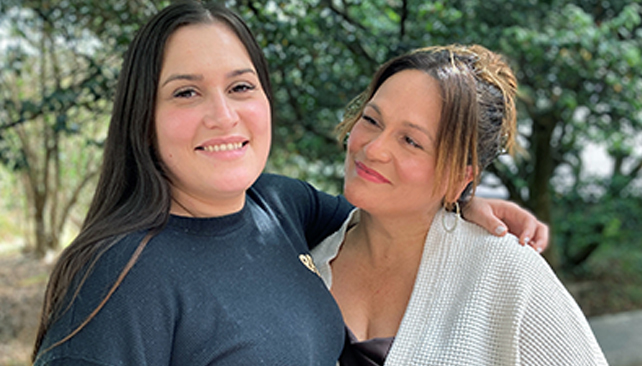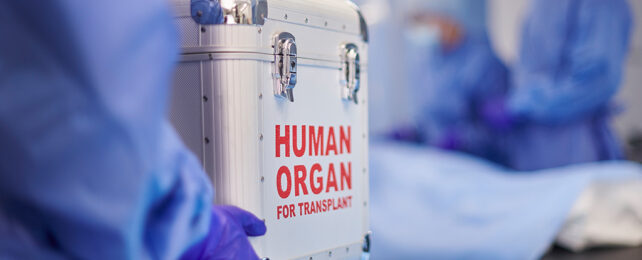On the rare occasion that a patient's heart and liver are both swapped for a second-hand set from an organ donor, it's because something has gone critically wrong with each.
While 31-year-old Washington state resident Adriana Rodriguez met all of the requirements for a heart transplant, her liver was humming along just fine. Nonetheless, surgeons swapped it out in a two-for-one deal in a historic first.
A team of medical researchers from the University of Washington School of Medicine in the US made the landmark decision based on the near-certain likelihood that her immune system would destroy any foreign tissue invading its territory.
"She met all criteria for transplant, but her antibodies (to the antigens of organ donors) were the highest we've ever seen," cardiologist Shin Lin explained.
"Finding an immunologic match for her heart alone was going to be like trying to win the lottery. Essentially she would have needed the donor to be her immunologic twin."
Her only chance, they concluded, was to deliver a liver along with the new ticker in what's known as a heart-after-liver transplant (HALT).
Since her own liver was perfectly functional, it went into a second recipient as a HALT domino (HALT-D) procedure.
In 2021, a team led by cardiovascular surgeon Richard Daly reported on the favorable long-term outcomes of HALT in patients with end-stage heart and liver disease, compared with transplants involving the heart alone.
It's not clear why a donated liver might reduce the chances of the heart being rejected. Livers are hardy organs, able to withstand an antibody attack better than most imported tissues. Perhaps its vast surface divides the body's defense forces, giving other transplanted organs a chance to settle in.
However it works, Lin knew it was the best shot at saving Adriana's life.
"Dr. Lin's unyielding belief that HALT-D would be successful convinced us. Ultimately, Adriana is alive and doing well because of his conviction," said cardiothoracic surgeon Jay Pal.
Rodriguez's search for a new heart began just weeks after she gave birth to her third child late last year. With pregnancy hormones playing havoc with her coronary system, one of her heart's arteries tore, leading to catastrophic failure.
"We attempted to remove her from support over time to see if her heart was recovering, and she continued to fail that," said Pal.
Placed on a machine that oxygenates and pumps blood around her body, Rodriguez waited for a heart comprised of tissues that came close to matching her own. Though it had been well over a month since she'd given birth, her immune system remained highly sensitized to the new life she'd carried inside her, shrinking her chances of finding a compatible donor to virtually zero.
Based on Daly's reported findings, Lin figured a HALT was worth a shot.

On January 14, 2023, Rodriguez received the news she desperately needed. A suitable heart and a liver had become available.
It took a little over two months for Rodriguez's immune system to settle after her operation, with assessments of her antibodies suggesting the liver played a major role in taming her wild immune response.
What the future holds for the patient, or the procedure, isn't clear. Compatible organs are in short supply, prompting researchers to find better ways to supply tissues that are less likely to be rejected. In the meantime, HALT-D could be an option in cases where recipient prospects are grim.
Six months after her operation, Rodriguez has nothing but appreciation for the path her surgeons took.
"There are no words to express my gratitude for my exceptional care – to the doctors and surgeons brainstorming on how to save my life, to my nurses for going the extra mile to make me feel comfortable, and to everyone working on my case who I didn't get to meet," she says.
This case study was published in The Journal of Heart and Lung Transplantation.
